Who Invented the Dishwasher?
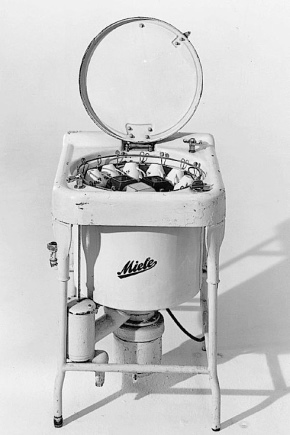
It will be useful for curious people to find out who invented the dishwasher, as well as to figure out what year this happened. The history of the invention of the automated model and other milestones in the development of washing technology are also quite remarkable.
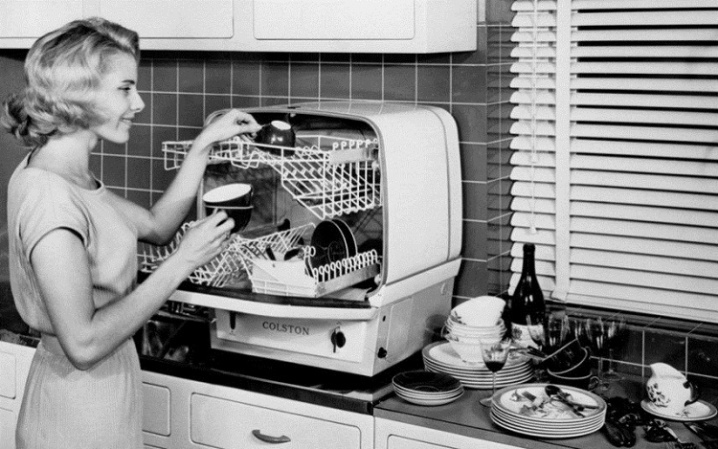
In what year did the first dishwasher appear?
It is curious that they tried to simplify dishwashing only in the 19th century. For many centuries and even millennia, there was no such need. All people were clearly divided into two groups: one did not need to think about who and how would wash the dishes, and the other did not have the time and energy to invent something. We can safely say that such a technique has become the brainchild of democratization.
According to one of the versions, the first to come up with a dishwasher was a US citizen - a certain Joel Goughton.
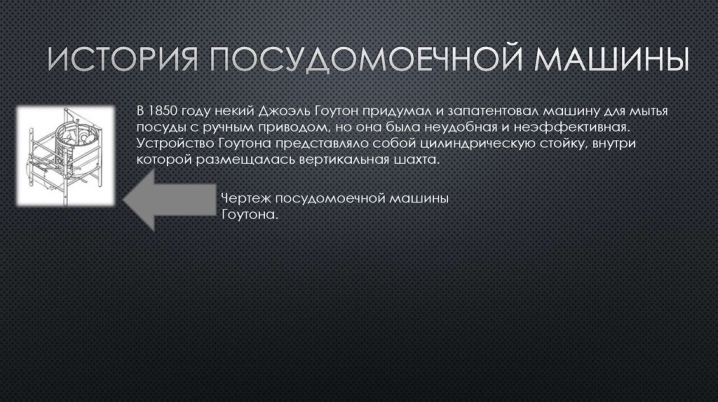
The patent was awarded to him on May 14, 1850 in New York. The need for such developments was already felt quite acutely by that time. There are dull mentions that earlier inventors also tried similar projects. But the matter did not go beyond prototypes, and no details or even names were preserved. Houghton's model looked like a cylinder with a vertical shaft inside.
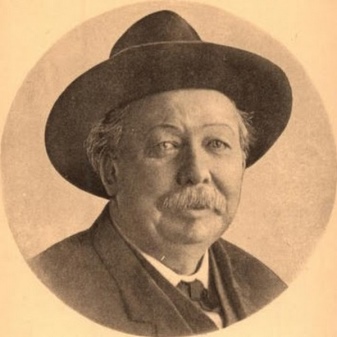
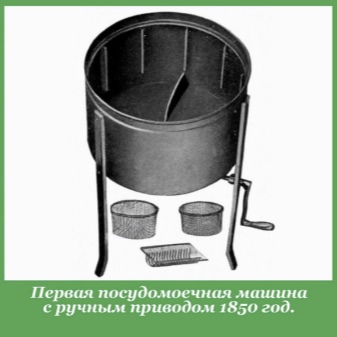
Water had to be poured into the mine. She flowed into special buckets; these buckets had to be lifted with a handle and drained again. You don't have to be an engineer to understand - such a design was extremely ineffective and rather a curiosity; no information has been preserved about attempts to use it in practice. The next famous model was invented by Josephine Cochrane; she was a member of a prominent family of engineering and technology, among whose members is the famous designer of the early models of the steamer and the creator of one version of the water pump.
The new design was demonstrated in 1885.
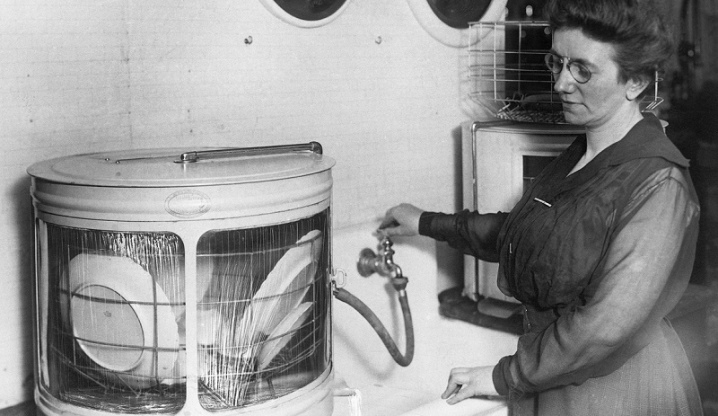
The history of the creation of a working machine
Josephine was not an ordinary housewife, moreover, she aspired to become a secular lioness. But this is what prompted her to think about creating a good washing machine. Here is how it was:
-
on one occasion, Cochrane discovered that the servants had broken several collectible china plates;
-
she tried to do their work on her own;
-
and came to the conclusion that it was necessary to entrust this function to mechanics.
An additional impetus was the fact that at some point Josephine was left with only debts and a stubborn desire to achieve something. Several months of hard work in the barn allowed us to create a mechanism capable of washing dishes. The basket with kitchen utensils in this design rotated continuously. The structure was a bucket made of either wood or metal. The reservoir was divided into a pair of parts longitudinally; the same division was found in the lower part - a pair of piston pumps were installed there.
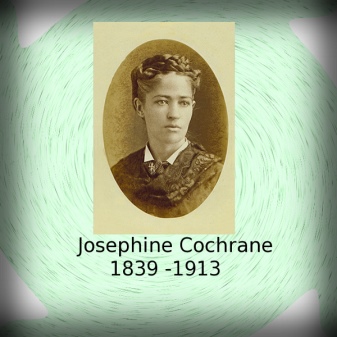
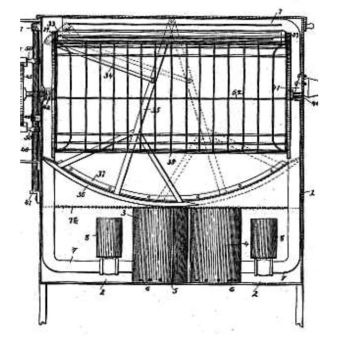
The top of the tub was equipped with a moving base. Its task was to separate the foam from the water. A lattice basket was strung on this base. Inside the basket, in a circle, they put what needed to be washed. The dimensions of the basket and its individual racks were adjusted to the size of the service components.
Water pipes were located between the piston pumps and the working compartment. Logically for a 19th century invention, steam was the driving force behind the dishwasher. The lower container was supposed to be heated using an oven. The expansion of the water drove the pistons of the pumps.The steam drive also provided the movement of other parts of the mechanism.
As the inventor assumed, any specialized drying would not be needed - all the dishes would dry out on their own due to heating.

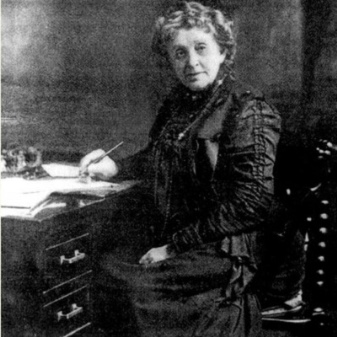
This expectation did not come true. After washing in such a machine, it was necessary to drain the water and thoroughly wipe everything dry. However, this did not prevent the widespread popularity of the new development - though not among households, but in hotels and restaurants. Even well-to-do householders did not understand why they were being asked to pay $ 4,500 (in modern prices) if the same job was done by servants much cheaper. The servant herself, for obvious reasons, also expressed dissatisfaction; representatives of the clergy also expressed their indignation.
No criticism could stop Josephine Cochrane. Once successful, she continued to refine the design. The last of the models she personally invented could already rinse the dishes and drain the water through the hose. Created by the inventor, the company became part of the Whirlpool Corporation in 1940. Pretty soon, dishwasher technology began to be developed in Europe, or rather, at Miele.
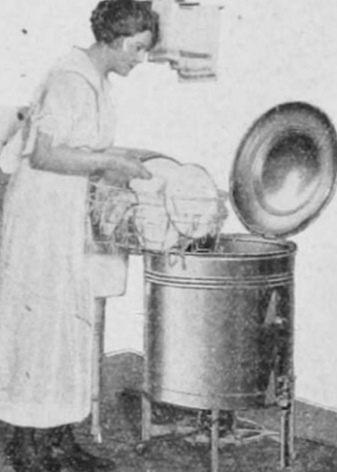

The invention of the automated model and its popularity
The road to an automatic dishwasher was a tricky one. Both German and American factories have produced hand-held apparatus for decades. Even the electric drive was only used for the first time in the development of Miele in 1929; in 1930 the American brand KitchenAid appeared. However, buyers were cool about such models. In addition to their obvious imperfections at the time, the Great Depression was severely hampered; if someone bought new appliances for the kitchen, then a refrigerator, which was also just starting to be used, was more necessary in everyday life.
A complete automatic dishwasher was developed by the company's engineers Miele and presented to the public in 1960. By that time, the post-war growth in mass welfare had finally created favorable conditions for the sale of such devices. Their first sample looked completely unpresentable and looked more like a steel tank with legs. The water was sprayed with a rocker. Despite the need to manually fill in hot water, the demand gradually expanded.
Firms from other countries began to offer similar equipment in the 1960s.... In the 1970s, at the height of the Cold War, the level of well-being in European countries and the United States also naturally peaked. It was then that the triumphal procession of washing machines began.
In 1978, Miele once again took the lead - it offered a whole series with sensor components and microprocessors.
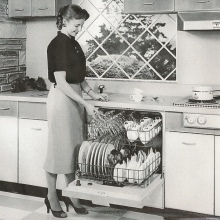

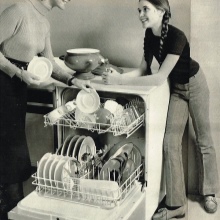
What kind of dishwashing detergent was used?
The earliest developments, including the Goughton model, involved the use of pure hot water alone. But it soon became clear that it was impossible to get by with it. Already the model of Josephine Cochrane, according to the patent description, was designed to work with both water and thick soap suds. For a long time, it was soap that was the only detergent. It was used even in early automatic designs.
It is for this reason that, until the mid-1980s, the distribution of dishwashers was somewhat limited. At the beginning of the twentieth century, chemist Fritz Ponter proposed the use of alkyl sulfonate, a substance that was obtained by the interaction of naphthalene with butyl alcohol. Of course, there was no question of any safety tests at that moment. It was only in 1984 that the first normal "cascade" detergent appeared.
Over the past 37 years, many other recipes have been created, but they all work the same way.
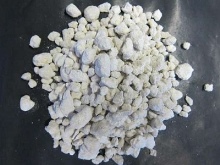

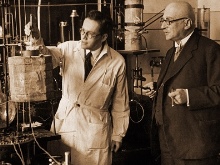
Modernity
Dishwashers have evolved significantly over the past 50 years, and have gone even further from the very first options. Users are required to:
-
put the dishes in the working chamber;
-
replenish chemical reserves if necessary;
-
choose a program;
-
give a start command.
Typical run times are between 30 and 180 minutes. By the end of the session, completely clean, dry dishes remain. Even if we talk about equipment with a weaker drying class, the amount of residual water is small. The vast majority of dishwashers have a pre-rinse option.
It improves the quality of the wash.

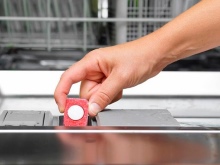
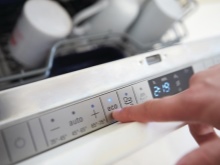
Modern dishwashers consume significantly less water than hand washing. It is worth noting that their use as needed, and not with the accumulation of dishes for a full volume, which is much more practical. This eliminates drying of contaminants, the formation of crusts - because of which you have to turn on intensive modes. Advanced samples are able to adapt to the level of water contamination and accordingly enable or disable additional rinsing automatically.
The products of modern companies are able to cope with cleaning dishes of various types, including glass, crystal and other fragile materials. Ready-made automatic programs take into account all the subtleties and nuances. Their use allows you to cope with both almost clean and extremely dirty dishes - in both cases, relatively little water and current will be spent. Automation guarantees recognition of a shortage of reagents and a reminder of their replenishment.
The half load function will suit those who often need to wash 2-3 cups or plates.


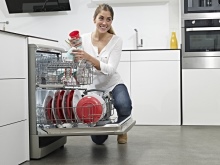
Modern devices are leak-proof. The level of protection is different - it can only cover the body or the body and hoses together... Full safety is guaranteed only in models of the middle and high price ranges. Designers can provide for the use of various types of detergents. The cheapest among them are powders; gels are less beneficial, but safe and do not lead to the deposition of particles on the surface.
Dishwashers are divided into separate and built-in samples.... The first type can be delivered at any convenient point. The second is preferable for arranging a kitchen from scratch. Compact technology handles 6 to 8 dish sets, full-size - from 12 to 16 sets. Typical functionality of dishwashers also includes standard washing - this mode is applied to the dishes left after a regular meal.
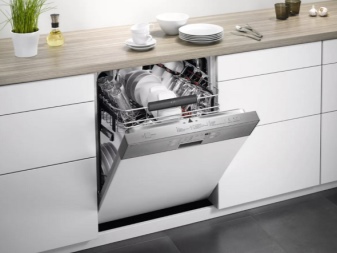
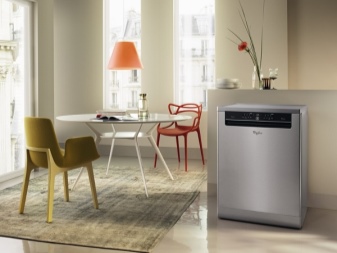
It should be noted that promises of a number of manufacturers about the possibilities of the economy mode are not met... Independent research has found that sometimes there is little or no difference between it and a regular program. Differences may relate to the drying method. The traditional condensation technique saves electricity and does not generate abnormal noise, but it takes a lot of time. Additional useful options:
-
AirDry (door opening);
-
automatic system cleaning;
-
the presence of a night (maximum quiet) mode;
-
bio-wash (the use of substances that effectively suppress fat);
-
function of additional loading in the course of work.
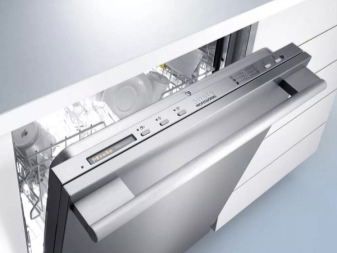
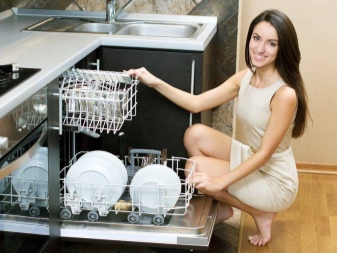













The comment was sent successfully.